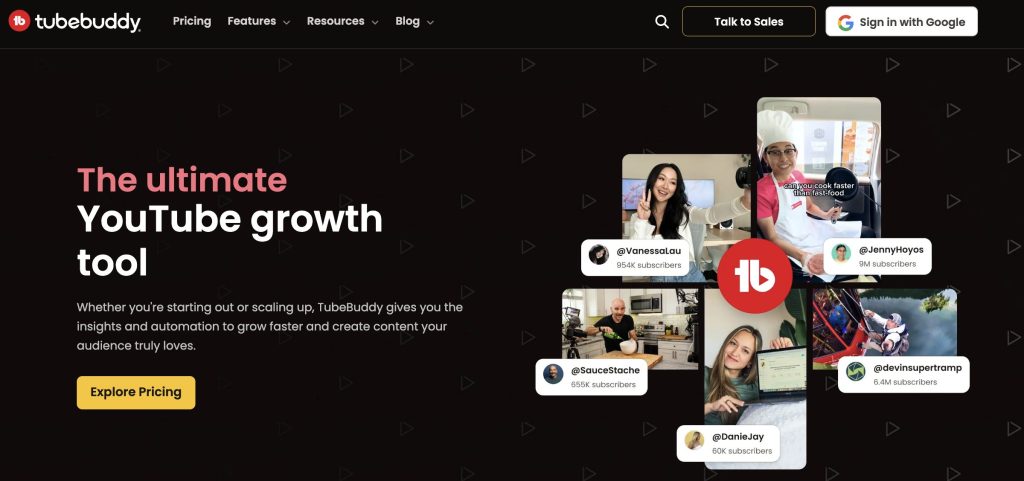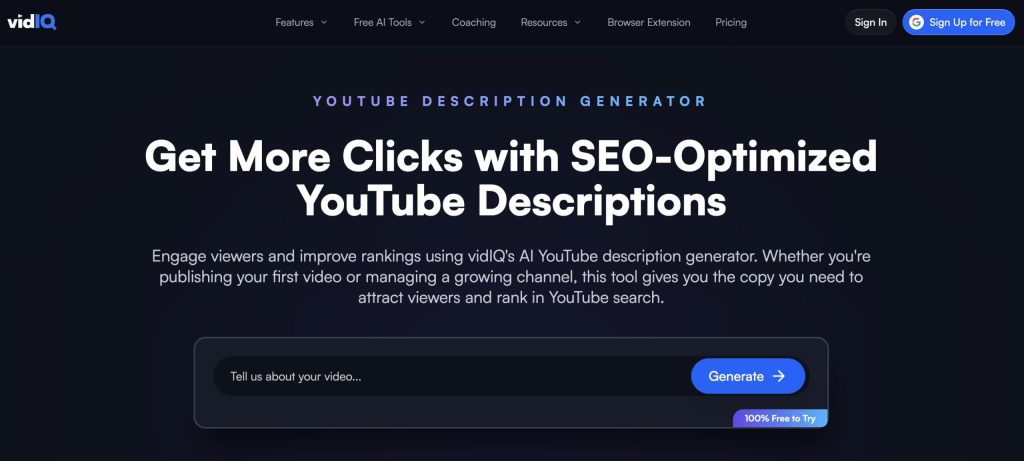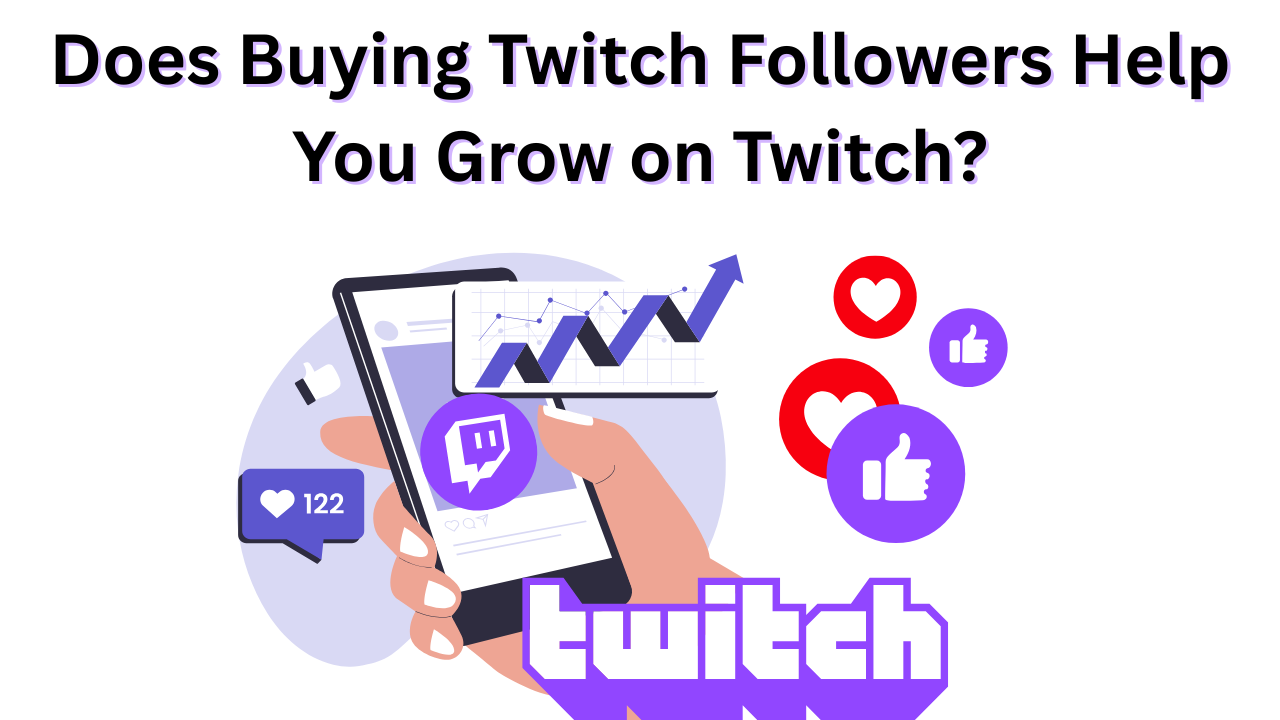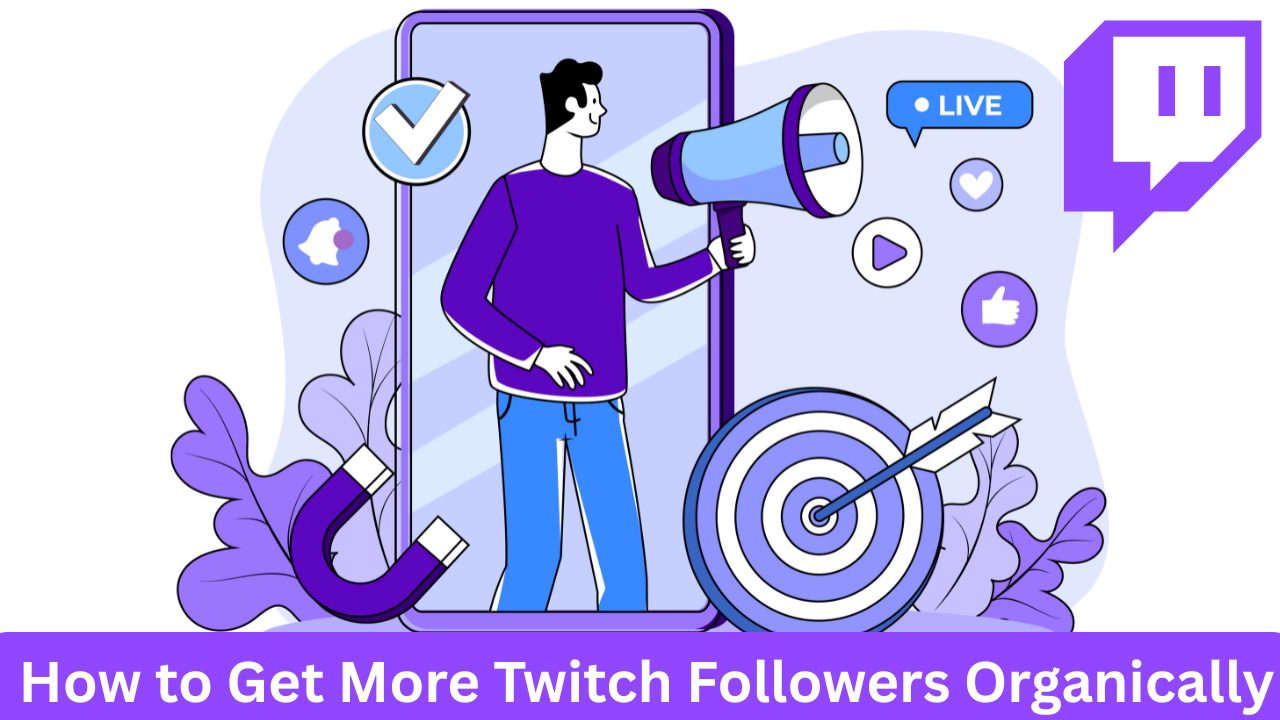10 Best YouTube SEO Tools for Success
Published: November 22, 2025

If you want to grow on YouTube, understanding SEO (search engine optimization) is one of the most important skills you can learn.
YouTube SEO helps your videos rank higher in search results, appear in suggested feeds, and get discovered by viewers who are interested in your niche.
Whether you’re a creator or a business using YouTube for monetization, using the right tools can make SEO easier, faster, and more effective.
This guide breaks down the best YouTube SEO tools, what they do, and how they help your channel grow.
You’ll learn how to choose the right tool based on your goals, plus a few extra tips to help you optimize your videos even if you’re a beginner.
Do You Need to Use YouTube SEO Tools?
YouTube SEO tools aren’t required, but they make a huge difference in how quickly your channel grows.
These tools help you research keywords, understand search demand, analyze competitors, optimize your metadata, and track your video performance.
If you only rely on guessing which keywords or titles to use, you could be missing out on thousands of potential views. The YouTube algorithm has to understand how to recommend your videos, and SEO can do that.
YouTube SEO tools give you real data that helps you create smarter content, find high-ranking opportunities, and optimize your videos based on what your audience is actually searching for.
They’re especially helpful if you want to:
- Rank higher in YouTube search
- Find low-competition keyword opportunities
- Improve your video titles, descriptions, and tags
- Track your performance
- Increase your views, subscribers, and watch time
In short, SEO tools can help you work smarter, not harder, and give your videos a competitive advantage.
Best YouTube SEO Tools, Free and Paid
Below are the top tools that creators, businesses, and YouTube strategists use to improve rankings and visibility. Each one has unique features and benefits, so you can choose the right mix based on your goals.
SidesMedia

SidesMedia isn’t a traditional keyword research tool, but it’s widely used by creators as a YouTube growth and engagement tool that directly supports SEO performance.
YouTube’s algorithm rewards videos that get early engagement, especially views, likes, and comments because those signals tell YouTube that your content is valuable and worth recommending to more people.
SidesMedia helps by delivering high-quality, real engagement from active users, giving your videos the initial boost they need to perform better in searches and recommendations.
When a video receives increased interaction in its first few hours or days, YouTube is far more likely to push it out through “Browse,” “Suggested Videos,” and “YouTube Search,” which naturally improves your SEO outcomes.
Creators and businesses use SidesMedia to:
- Increase watch time and engagement on new uploads
- Strengthen their credibility with social proof
- Help videos rank faster for competitive keywords
- Support organic growth by improving algorithm signals
While SidesMedia does not replace keyword tools like TubeBuddy or VidIQ, it works alongside them by giving your optimized videos the traction they need to rise in the rankings.
For creators who want to grow faster and amplify the results of their SEO efforts, SidesMedia can be a powerful companion tool.
TubeBuddy

TubeBuddy is one of the most popular YouTube SEO tools because it’s easy to use, affordable, and packed with features. It helps with keyword research, A/B testing, tag suggestions, thumbnail generation, and competitor analysis.
One of its biggest strengths is the keyword explorer, which shows search volume, competition, and optimization opportunities. TubeBuddy also grades your SEO score and analyzes your metadata to help you improve your rankings.
It’s perfect for creators who want an all-in-one tool to optimize videos directly inside YouTube Studio.
VidIQ

VidIQ is another major YouTube SEO tool focused on analytics, keyword research, and real-time performance tracking. It shows search volume, competition scores, and keyword trends. You can also see competitor rankings, view velocity, and top-performing videos in your niche.
One standout feature is the AI-driven daily video idea generator, which gives you topic suggestions based on your channel’s performance. For creators who want data-driven content ideas, VidIQ is one of the best options.
YT Cockpit
YT Cockpit is known for its super-detailed keyword research capabilities. It helps you find long-tail keywords with realistic ranking opportunities. It also pulls in competition data to show how challenging a keyword is and whether it’s worth pursuing.
Creators in competitive niches like tech, gaming, and finance often use YT Cockpit because of its in-depth analytics and accuracy.
MorningFa.me
MorningFa.me focuses more on simplicity and creating easy workflows for creators who want to grow their channels without feeling overwhelmed by data. It gives personalized keyword recommendations, video optimization suggestions, and growth insights based on your channel’s stats.
It’s especially useful for small or medium-sized channels because it identifies realistic ranking opportunities instead of pushing generic, high-competition keywords.
Keywordtool.io
Keywordtool.io is a powerful keyword research tool that works for YouTube, Google, Amazon, Instagram, TikTok, and more. It shows tons of keyword suggestions pulled from real user search activity.
For YouTube SEO, it helps you find hundreds of keyword ideas quickly, making it easier to brainstorm topics and plan content around what people are actively searching for.
Kparser
Kparser is another research tool that helps creators generate long lists of keyword ideas. It’s especially helpful if you’re planning large content batches or want to find hidden keyword opportunities that other creators might miss.
It also gives insights into keyword variations and related terms so you can optimize your metadata in a thorough, targeted way.
Keyword Keg
Keyword Keg is known for its powerful data sources and accurate search volume estimates. It pulls information from multiple platforms, including YouTube, Google, and Bing.
It also allows you to sort keywords by competition, cost per click, and trending patterns. This makes Keyword Keg a great analytics-focused SEO tool for creators who want deep insight into keyword behavior.
Keyword Tool Dominator
This tool is great for finding long-tail keywords that have high search intent and low competition. Keyword Tool Dominator scrapes autocomplete suggestions from YouTube and Google, giving you real search terms typed by real viewers.
Creators use it to uncover new content ideas and optimize video titles for long-tail keywords that bigger channels often overlook.
HyperSuggest
HyperSuggest is a keyword generator that works across several platforms including YouTube. It quickly produces lists of keyword suggestions, related phrases, and search questions.
This is especially helpful when you want to optimize your video descriptions and tags with highly relevant keywords.
It also supports international keyword research, making it great for channels with global audiences.
Soovle
Soovle is a simple but effective multi-platform keyword tool. It pulls keyword suggestions from YouTube, Google, Bing, Amazon, and more, all in one place. This makes it a great brainstorming tool.
While it’s not as detailed as other tools, it’s perfect for early-stage keyword discovery and content planning.
Other Tips When Using YouTube SEO Tools

Using YouTube SEO tools is incredibly helpful, but the tools themselves won’t grow your channel unless you know how to use the data correctly.
These expanded tips will help you get the most out of every tool while improving your content strategy, keyword decisions, and overall visibility on YouTube.
Tip 1: Focus on Low-Competition Keywords to Grow Faster
When your channel is smaller or still establishing authority, low-competition keywords can be your best friend.
Many big channels dominate high-volume keywords, making them difficult to rank for, especially if your channel is new or still building YouTube watch time.
Low-competition keywords, on the other hand, give you a realistic entry point into search rankings. They may have lower search volume, but they offer higher ranking potential.
YouTube SEO tools help you identify these terms by showing “competition scores,” “keyword difficulty,” or “search demand vs. competition” graphs.
This strategy allows you to:
- Break into search results faster
- Get views that are more targeted and intentional
- Build authority in your niche step-by-step
- Increase your chances of ranking consistently
Once your channel grows, you can move into medium and high-competition keywords more easily. Starting with smaller search terms builds a foundation of momentum that YouTube values when recommending future content.
Tip 2: Use SEO Tools Before Filming Your Video to Shape Your Strategy
Most creators make the mistake of doing SEO after filming their video. But the real power of these tools happens when you use them before you record. Keyword insights can help you plan your topic, outline, messaging, and even the structure of your video.
For example, if your keyword tool shows high interest in a specific question like “how to fix low watch time on YouTube,” you can build your entire video around answering that exact question. This ensures that the video directly addresses search intent, which helps it rank higher.
Using tools ahead of time helps you:
- Pick the right angle or variation of the topic
- Write a script that includes relevant search terms
- Create thumbnails that match search intent
- Build a stronger hook based on viewer expectations
Creators who plan their videos with SEO in mind tend to have higher retention, better CTR, and better organic traffic.
Tip 3: Evaluate Search Volume AND Competition Together, Never Alone
One of the most common mistakes in YouTube SEO is focusing only on search volume. A keyword with huge search demand might look exciting, but if competition is extremely high, your video may never rank. On the other hand, a keyword with almost no search volume may not be worth your effort even if competition is low.
This is why you should always use both metrics together. Great YouTube SEO tools provide a complete picture by rating keywords on:
- Search volume
- Competition
- Keyword difficulty
- Trend history
- Recommended variations
If you find a keyword with moderate search volume and low to medium competition, that’s usually the sweet spot, especially for small and medium-sized channels.
Evaluating these two metrics together allows you to:
- Choose smarter video topics
- Rank faster
- Avoid wasting time on impossible keywords
- Build long-term search traffic
When in doubt, choose the keyword where your channel can realistically compete today, not just the keyword you hope to rank for someday.
Having a verified YouTube account can also help with credibility and better SEO results.
FAQs
How to get 100% SEO score on YouTube?
Use an SEO tool like TubeBuddy or VidIQ to optimize your title, description, tags, thumbnail, and keyword placement. Focus on relevance and clarity—not stuffing keywords.
Can ChatGPT do SEO?
ChatGPT can help with keyword ideas, titles, descriptions, scripts, and SEO strategies. But you should still use dedicated YouTube SEO tools to get real search data.
Are paid YT SEO tools worth it?
Yes. Paid tools offer more accurate data, better keyword insights, competitor tracking, and deeper analytics that free tools can’t match. They can help your channel grow much faster.
How do I SEO my YouTube video?
Choose a strong keyword, place it in your title, description, and tags, create an eye-catching thumbnail, and make sure your content satisfies search intent. This helps improve visibility and rankings.
Conclusions on Best YouTube SEO Tools
The right YouTube SEO tools can make a massive difference in how quickly your channel grows, how well your videos rank, and how many viewers discover your content.
Tools like TubeBuddy, VidIQ, and Keywordtool.io make it easier to find keywords, optimize metadata, and track performance, while others like MorningFa.me or Soovle help you create smarter content strategies.
You don’t have to use every tool on the market—just choose the ones that fit your workflow and goals.
When paired with strong content, smart optimization, and consistent posting, these YouTube SEO tools can help you attract more viewers, win more searches, and grow your channel faster than ever.



